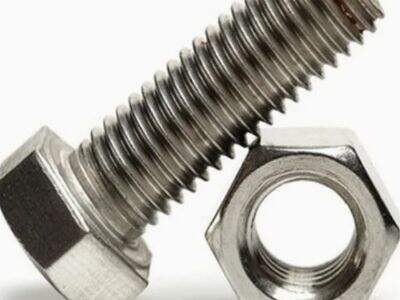At JQS, we strive to learn and make progress about how the mechanical parts like double- end bolt work. These small but crucial pieces together hold different parts of a machine in place. Double-end bolts, if they were to break, would do a number on the machine.
Scrutinising Double-End Bolt Failures:
When a double-end bolt breaks, it changes how an entire machine operates. Using special holographic technology, we can take highly detailed 3D pictures of the bolts. It allows us to discover latent problems that we wouldn’t otherwise see with our own eyes. With this technology, we’ll be able to understand the strength of double-end bolts better and ways to prevent them from breaking.
Locating the Five Types of Double-End Pin Breaks:
The various types of breaks that we have observed in double-end bolts in our holographic investigations may be divided into the five following groups. They are such as shear, tensile, fatigue, corrosion, and impact fractures. If perhaps we can examine why these breaks occur, we can ask how to avoid them in the future.
VISUAL STRESS FOUND IN DOUBLE-END BOLTS:
One of the cool things with holography is we get to see the stress clouds in a double-end bolt. These clouds can result from over-tightening, as well as incorrect installation or the material itself. By charting these stress clouds, we can study against whom, how and why the bolts break and how to mitigate the damage.
Why Double-End Bolts Fail:
Our study has proven that double-end hex self drilling screw for a number of reasons. In addition to external factors like rust and strain, internal issues like material defects or errors in the production of the bolts, for example, can also be relevant. By analyzing these reasons, we can come to complete solutions to ensure that double-end bolts travel well.
Better Engineering with Holographic Insight:
Ultimately, t shaped bolt analysis is helping us make better choices as we design and take care of machines. With this technology, we can learn more about what causes double-end bolts to fail and develop strategies to prevent failure. That makes our machines not just safer but longer-lasting.
In conclusion, the holographic analysis has revolutionized the study of double-end bolt failures. We can increase both our knowledge of engineering and the performance of our machines by discovering hidden problems, examining break patterns, or creating maps of stress clouds and exploring why failures occur. At JQS, we are committed to utilizing cutting edge technology to make our products a success.

 EN
EN







































